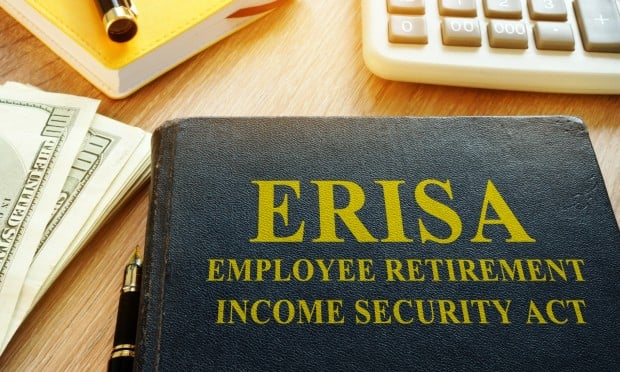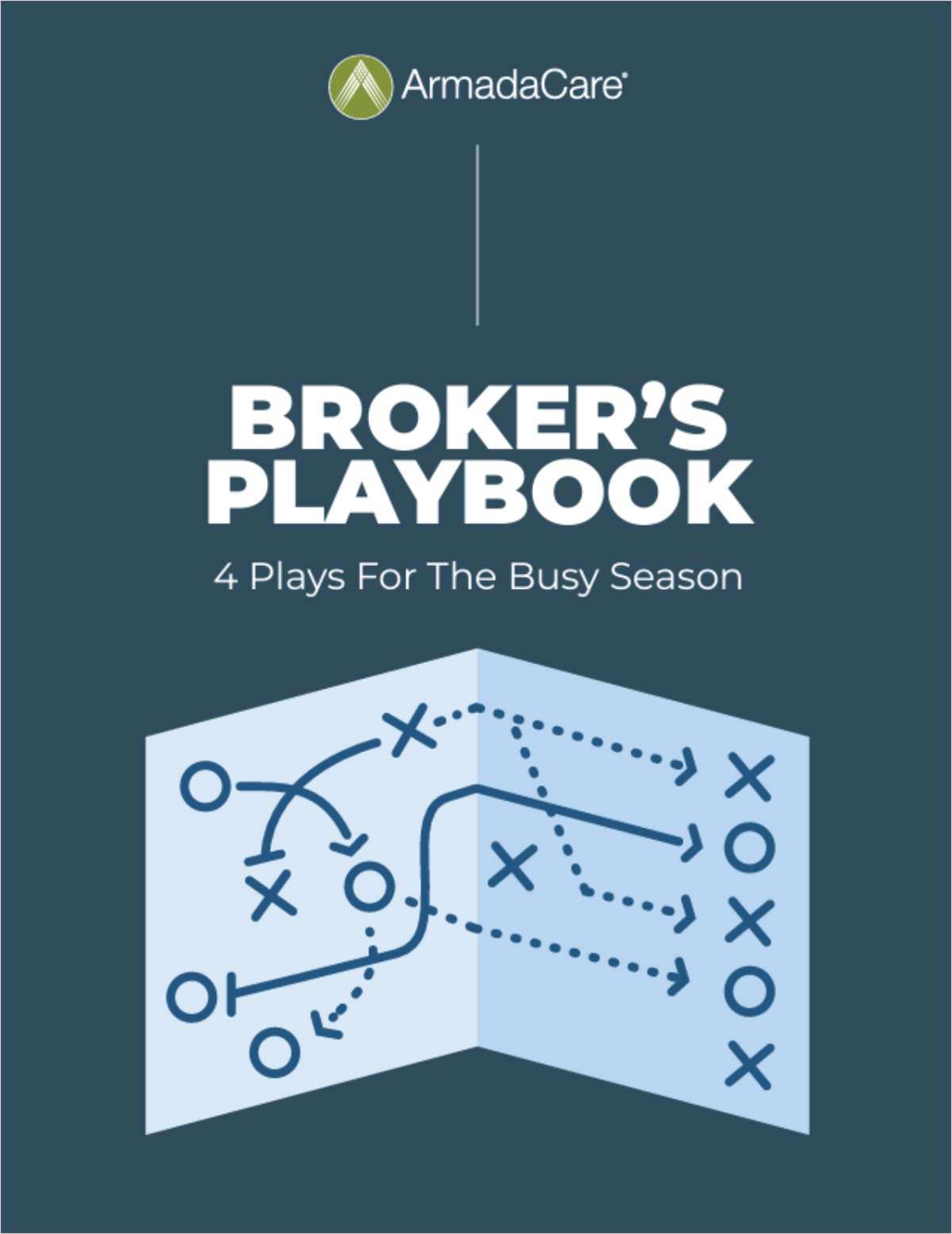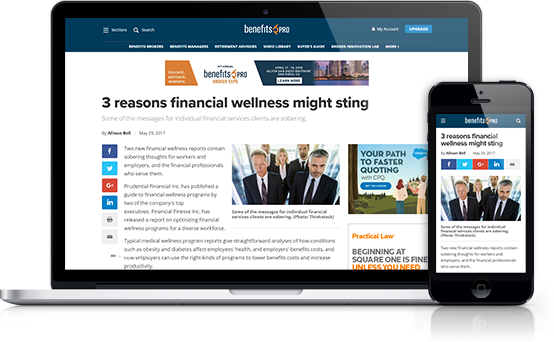Congress is starting to talk about public exchange plan provider networks.
Edmund Haislmaier is arguing that the complicated Patient Protection and Affordable Care Act exchange plan cost-sharing subsidy structure makes narrow networks – and very narrow silver plan networks – all but inevitable.
In most states, the government will use tax credits to help people with family incomes of 100 percent to 400 percent of the federal poverty level pay exchange plan premiums. The premium tax credits will be available to people with incomes of 138 percent of poverty level to 400 percent of poverty level in other states.
Continue Reading for Free
Register and gain access to:
- Breaking benefits news and analysis, on-site and via our newsletters and custom alerts
- Educational webcasts, white papers, and ebooks from industry thought leaders
- Critical converage of the property casualty insurance and financial advisory markets on our other ALM sites, PropertyCasualty360 and ThinkAdvisor
Already have an account? Sign In Now
© 2024 ALM Global, LLC, All Rights Reserved. Request academic re-use from www.copyright.com. All other uses, submit a request to [email protected]. For more information visit Asset & Logo Licensing.








